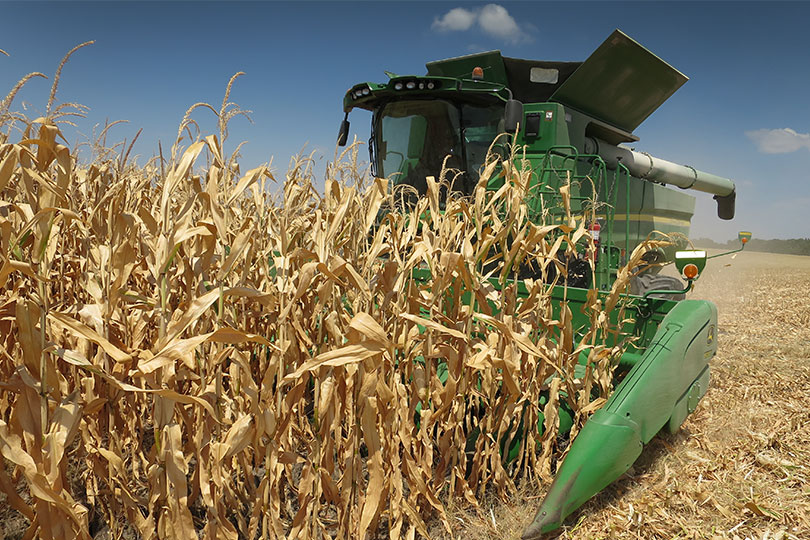Signup for direct payments through the Coronavirus Food Assistance Program (CFAP) ends Aug. 28.
The program, which was launched in April by the U.S. Department of Agriculture (USDA), helps offset price declines and additional marketing costs because of the coronavirus pandemic.
Farmers and ranchers can submit applications through an online portal.
USDA’s Farm Service Agency (FSA) is leveraging commercial document storage and e-signature solutions to enable farmers and ranchers to work with local service center staff to complete their applications from home.
“We are doing everything we can to serve our customers and make sure agricultural producers impacted by the pandemic can quickly and securely apply for this relief program,” FSA Administrator Richard Fordyce said. “In addition to working with FSA staff through phone, email and scheduled in-person appointments, we can now also take applications through the farmers.gov portal, which saves producers and our staff time.”
Through the online portal, farmers and ranchers with secure USDA login credentials—known as eAuthentication—can certify eligible commodities online, digitally sign applications and submit directly to the local USDA Service Center.
Farmers and ranchers who do not have an eAuthentication account can learn more and begin the enrollment process at farmers.gov/sign-in. Currently, the digital application is only available to sole proprietors or single-member business entities.
USDA Service Centers can also work with farmers and ranchers to complete and securely transmit digitally signed applications through two commercially available tools: Box and OneSpan.
Farmers and ranchers who are interested in digitally signing their applications should notify their local service centers when calling to discuss the CFAP application process. You can learn more about these solutions at farmers.gov/mydocs.
New customers seeking one-on-one support with the CFAP application process can call 877.508.8364 to speak directly with a USDA employee ready to offer general assistance. This is a recommended first step before a farmer engages the team at the FSA county office at their local USDA Service Center.
All other eligibility forms, such as those related to adjusted gross income and payment information, can be downloaded from farmers.gov/cfap. For existing FSA customers, these documents are likely already on file.
Farmers and ranchers can also download the AD-3114 application form from farmers.gov/cfap and manually complete the form to submit to the local USDA Service Center by mail, electronically or by hand delivery to an office drop box.
Farmers and ranchers self-certify their records when applying for CFAP, and that documentation is not submitted with the application. However, farmers and ranchers may be asked for their documentation to support the certification of eligible commodities, so they should retain the information used to complete their application.
CFAP will provide direct relief to farmers and ranchers who have suffered a 5 percent or greater price decline due to COVID-19 and face additional significant marketing costs as a result of lower demand, surplus production and disruptions to shipping patterns and the orderly marketing of commodities.
As of Aug. 3, USDA’s weekly report shows that farmers and ranchers have received more than $6.8 billion of the $16 billion that is expected to be distributed through the program.
In Texas, more than 33,700 farmers and ranchers have applied for and received CFAP payments totaling over $380.5 million.
Livestock is the largest sector to receive funding in Texas, with more than 29,000 applications totaling over $288 million.
Non-specialty crops had 8,080 applications, specialty crops had 301 applications and dairy had 278 applications.
USDA made updates to the initial list of commodities and other adjustments to the program based on comments received from farmers, ranchers and agricultural organizations and review of market data.
The full list of eligible commodities, a list of frequently asked questions and more information about the program is available online at farmers.gov/cfap.

